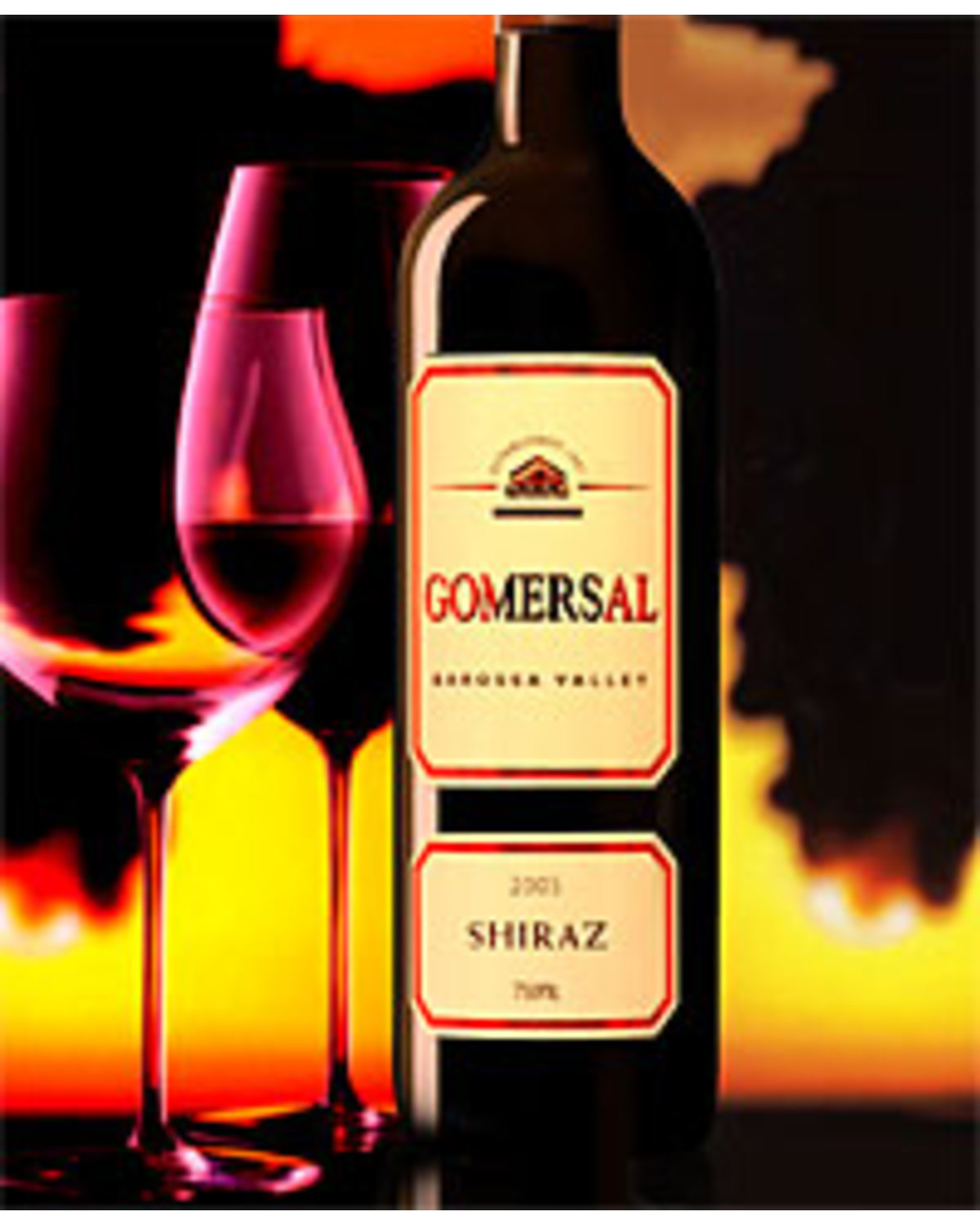
- 98
2005 Gomersal Barossa Valley Shiraz
The Story of Gomersal: Alco Pop and History Repeating Itself
Australia’s viticultural history is interwoven with its social, economic, cultural and political histories. The Gomersal story starts in 1887, when German migrant Frederick Fromm and his family planted three acres of Grenache bush vines on the hillsides of New Mecklenburg Creek in the Barossa Valley. By 1891, a gravity fed winery was built from local stone and over the following three years the vineyard expanded to 80 acres, to become one of the biggest in South Australia. Fromm named his vineyard ‘Wonganella’. Over the next few years the vineyards continued to prosper with more additions to the winery taking place, incorporating the newly created high tech building material, galvanised iron.
The outbreak of the First World War created great uncertainty in Australia, as the country went to Britain’s aid, the result was a distrust of all things German. Such was the anti-German paranoia, that the South Australian towns changed their German sounding names to more respectable English names. This lead to the renaming of New Mecklenburg to Gomersal – which was named after a West Yorkshire village (ironically no one bothered to research the origin of Gomersal, which turned out to be German! Such is life). Nevertheless, the psychological enemy had disappeared.
Fromm’s vineyard continued to operate until 1964 when it was sold, and subsequently renamed ‘Chateau Rosedale’. The purchase of Rosedale coincided with a sales down turn of dry table wines, resulting in a rethink of the wines produced. The ever resourceful new owners turned their attention to the production of spirit pre-mixed drinks and wine cocktails. However, Rosedale’s piece de résistance was Vin Spa – an innovative low alcohol effervescent wine with muscat overtones. This was the first generation of Alco-pop.
The grape glut in the 1980’s was the death knell for many small winemaking enterprises. The Government of the day offered relief by providing financial incentives to grub out vineyards. Many of Australia’s great old vine vineyards disappeared and Rosedale closed its doors in 1983. A decade later, the world discovered Australian old vines Grenache and Shiraz. As the demand cycle turned, Barry White and a group of mates purchased the original Gomersal block and commenced a replanting programme in 2001. In order to prepare the vineyard ground, 1000’s of tonnes of rock were removed from the hill top, lowering it by several metres. On the rockiest southerly slopes 5.5 acres of Mataro and 2.5 acres of Grenache was planted, completing the historic full circle that started in 1887.
Despite the varied history of Gomersal, we noted some familiar qualities but did not pick up on the identity of the winemaker (Ben Glaetzer). We have been accused of promoting the two Bens’ wines too frequently (Riggs & Glaetzer), and can only answer that criticism with the statement that the pair are making some of Australia’s greatest wines, which consistently receive top marks by wine critics globally. This is another great Ben Glaetzer Shiraz, packed with flavour and over delivering on value.
A Great Shiraz, Packed with Flavour & Over Delivering on Value
Tasting notes: Made in a fruit driven style with yields around two tonnes per acre, one third of the wine was matured in three to four year old French Oak for twelve months. Totally opaque black purple colour with black purple hue. Superb nose, delivering a perfumed lift of violets, spice and blackberry. The palate displays classic Barossa voluptuous flavour – big and joosy with blackberry and black pepper – mouthfilling. Fine grained tannins, excellent balance. Very long aftertaste of spice and black pepper. This is a wonderful new discovery from the Barossa and delivers great value for money. A superb Barossa Shiraz.
Cellar 3-4 years (2010-2011)
Alc/Vol: 14.5%
